Basketball Legend Kevin Garnett on Cannabis
Kevin Garnet published an excellent memoir in early 2021 called KG: A to Z: An Uncensored Encyclopedia of Life, Basketball, and Everything in Between.
If you’re unaware, Garnett spent 21 years in the NBA, was a 15-time all-star, and won a championship with the 2008 Boston Celtics.
Garnett created a lot of buzz when he skipped college and went straight into the NBA in 1995, drafted fifth overall by the Minnesota Timberwolves.
In 1997, Garnett signed what was then the richest, long-term contract in sports history: $126 million for six years. It was larger than Shaquille O’Neal’s contract signed the previous summer – a nuance which no doubt irked the Big Diesel.
Garnett retired from the league in 2016 and was recently enshrined into the Basketball Hall of Fame along with Kobe Bryant and Tim Duncan.
On Nov. 12, 2021, SHOWTIME will debut a documentary about his career and life.
Garnett Reveals Cannabis Experience in New Memoir
Throughout the book, Garnett takes a non-linear approach. For example, in the ‘A’ chapter, he covers: “Anything Is Possible!” / Arm Wrestling / Arrival / Atlanta / Red Auerbach.
In the introduction, Garnett explains this approach was perfect for how his ADHD brain is wired. And the result is a compelling read for anyone interested in hoops, culture, race, and the insights of a man who spent 21 years in the NBA.
The ‘W’ chapter has a section on ‘Weed’, and what Garnett reveals here is most interesting.
And there are a few other cannabis references in other sections of the book, most notably Garnett enjoying the smell of ganja while vacationing in Jamaica during the offseason, and “smoking and hooping” with Snoop Dogg during his post-NBA years.
What Does KG Say About Cannabis?
While KG is not the first NBA player to get candid about cannabis -- current superstar Kevin Durant recently signed a deal with Weedmaps -- Garnett's remarks on the plant combined with his legendary accomplishments in the athletic world are remarkable.
Garnett recalls how his earliest memories of weed were during childhood. He remembers playing outside and smelling the ganja from inside the house where aunts and uncles were listening to Al Green.
However, he was careful to stay away from the herb growing up. He knew he wanted to play basketball and was very strict about avoiding drugs.
In fact, Garnett reveals he didn’t smoke his first joint until 2004, when a friend suggested it would help calm his nerves over his upcoming marriage.
After that, Garnett writes that he was careful only to indulge in cannabis during the off-season.
“In the league, I know players who’ve used weed to improve themselves. Whether it mellowed out cats who were too hyper, or whether it gave them a new perspective, the right joint can put you in the right frame of mind. Just be careful. It’s tricky. But it’s worth investigating,” he writes.
Garnett also adds that CBD works for him in more ways than one. “It’s a healer and a calmer. It also adjusts my dyslexia. Because I see written words backwards, I can get spoken words jumbled up in my mind. Weed helps straighten that shit out.”
KG doesn’t stop there. He also condemns the so-called war on drugs, praises open-minded thinking on cannabis, emphasizing that the culture shift in this direction is a positive thing.
And, most beautiful of all, Garnett talks about the importance of learning how to cultivate quality cannabis.
“Cats I know who appreciate pot know how to grow it. Growing it requires not only knowledge but tender loving care…You give the right attention. You give the right nourishment. You seek the right balance. You make it a priority. You never stop monitoring the progress. And then you let nature takes it course.”
At the end of the section, KG references the Stevie Wonder album Journey through the Secret Life of Plants.
“It talked about how plants can feel. He said that a seed is a star. A seed can take us to heaven. When we cultivate seeds in the right way, life blossoms. Love blossoms. The world becomes a better place.”
Need a little more Bluntness in your life? Sign Up for our newsletter to stay in the loop.



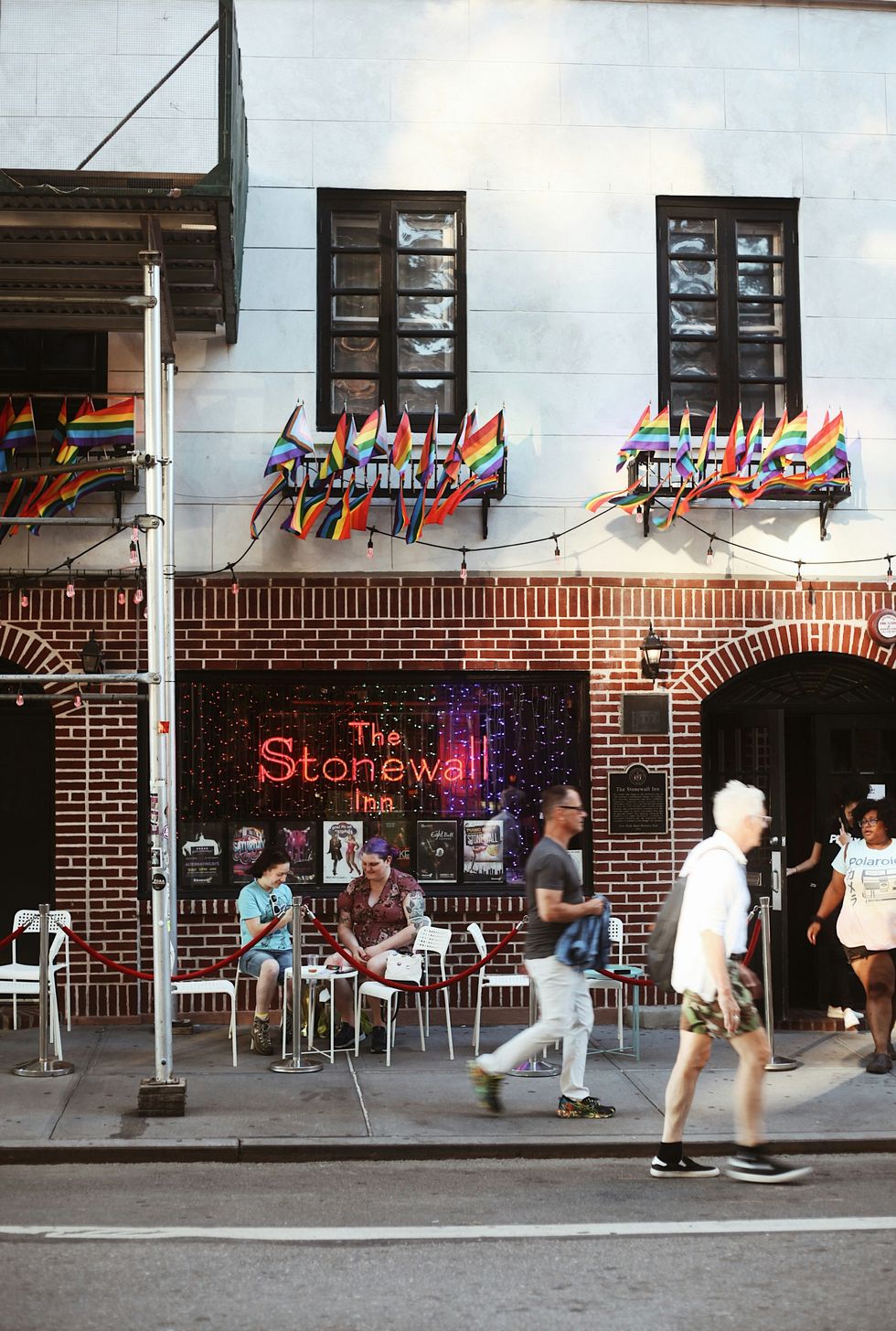 From Stonewall to Street Activism: The Rise of LGBTQ+ Advocacy - The Bluntness Photo by
From Stonewall to Street Activism: The Rise of LGBTQ+ Advocacy - The Bluntness Photo by 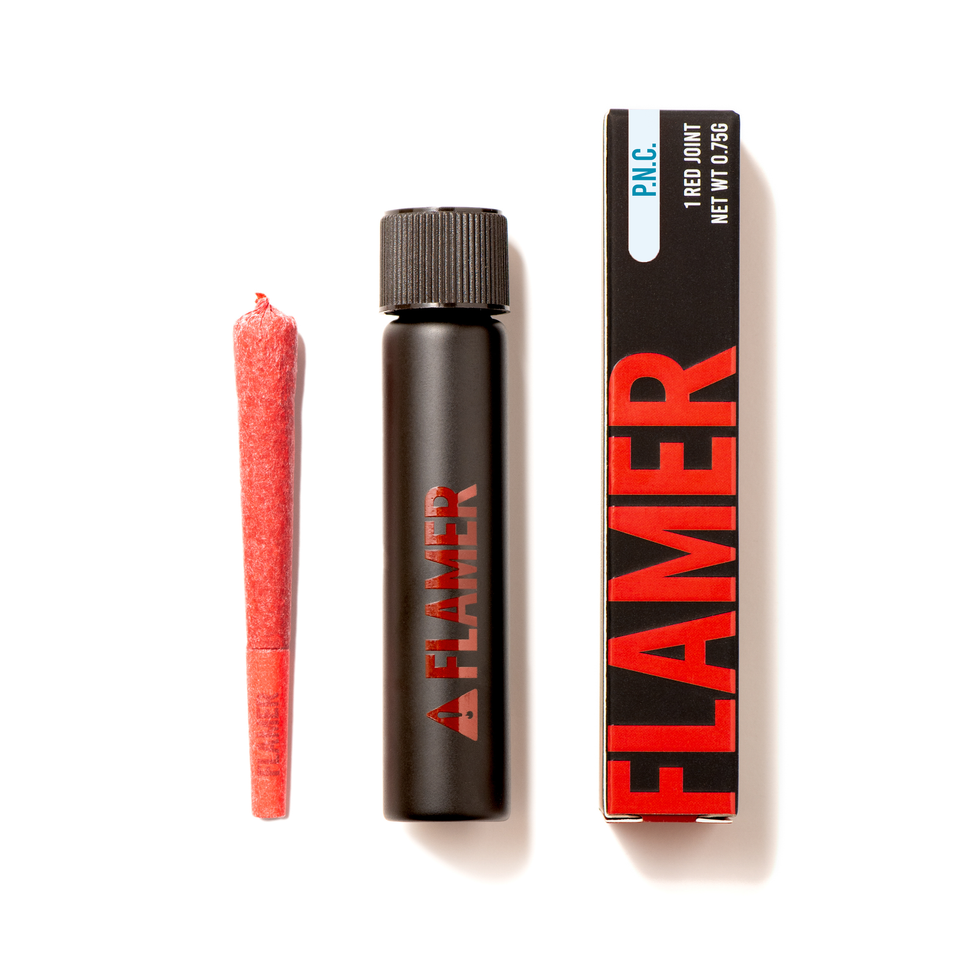



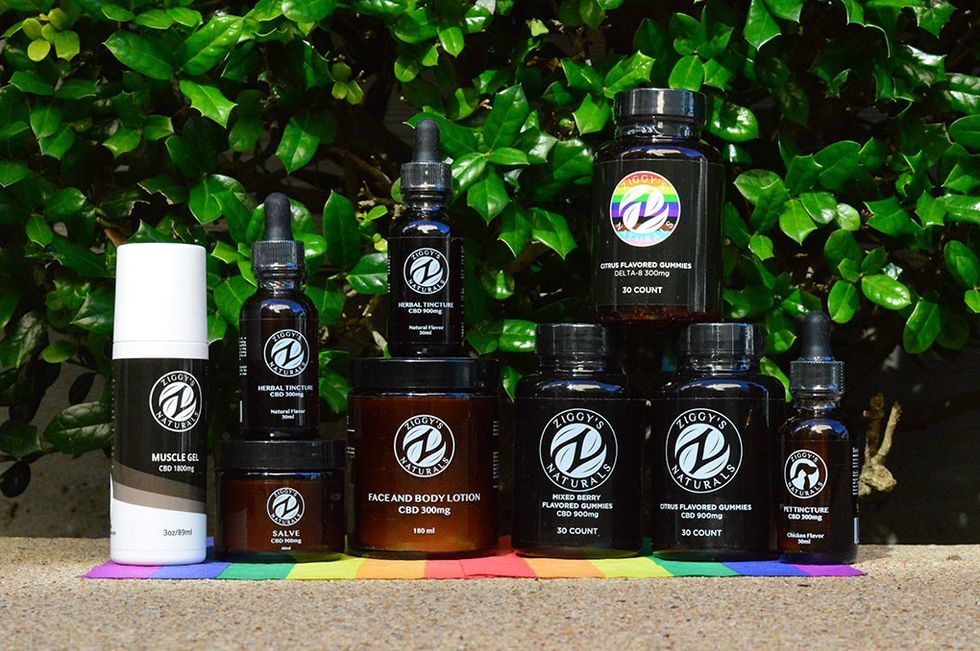

 Example of sexually suggestive content that's rampant on our Instagram feeds and under Explore sections.
Example of sexually suggestive content that's rampant on our Instagram feeds and under Explore sections.  Examples of sexually suggestive content that's rampant on our Instagram feeds and under Explore sections.
Examples of sexually suggestive content that's rampant on our Instagram feeds and under Explore sections. 




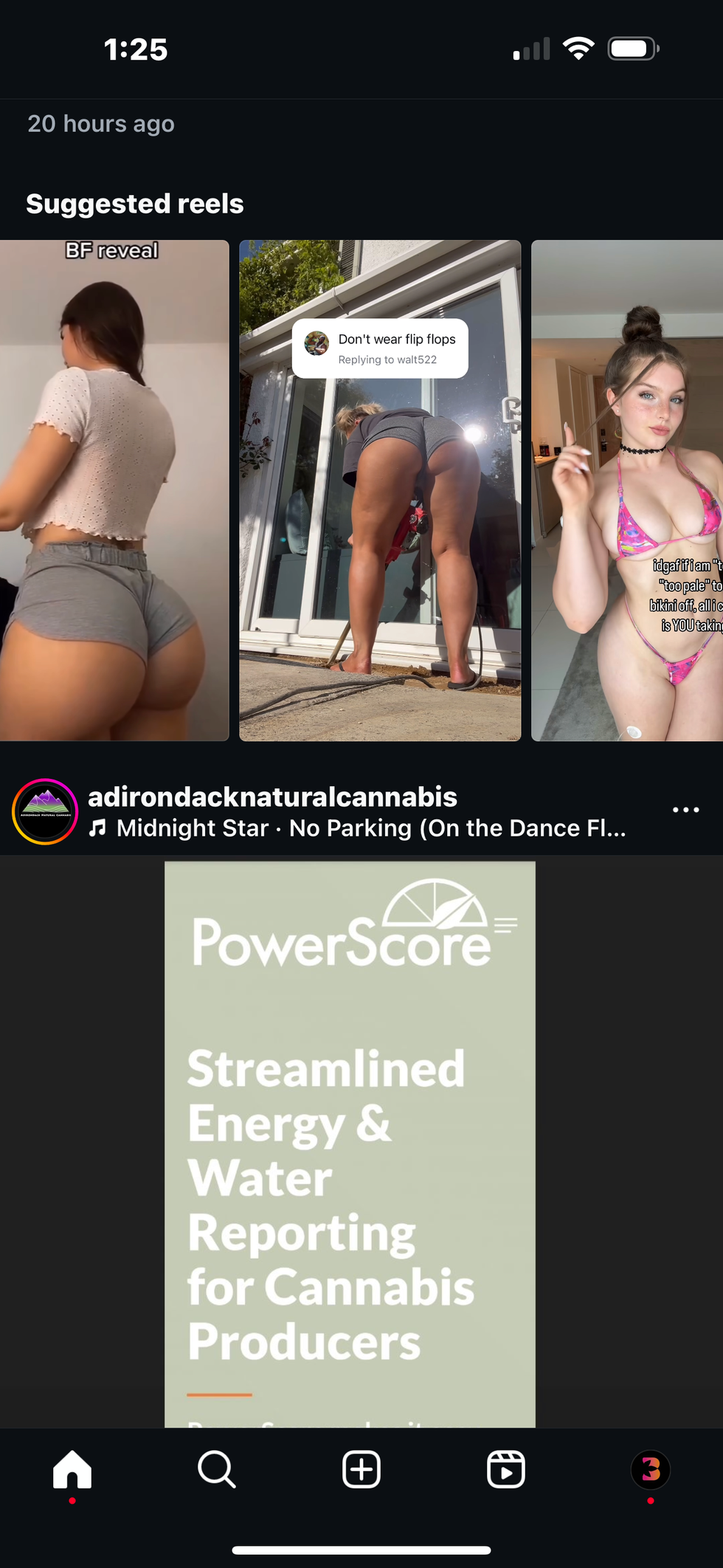
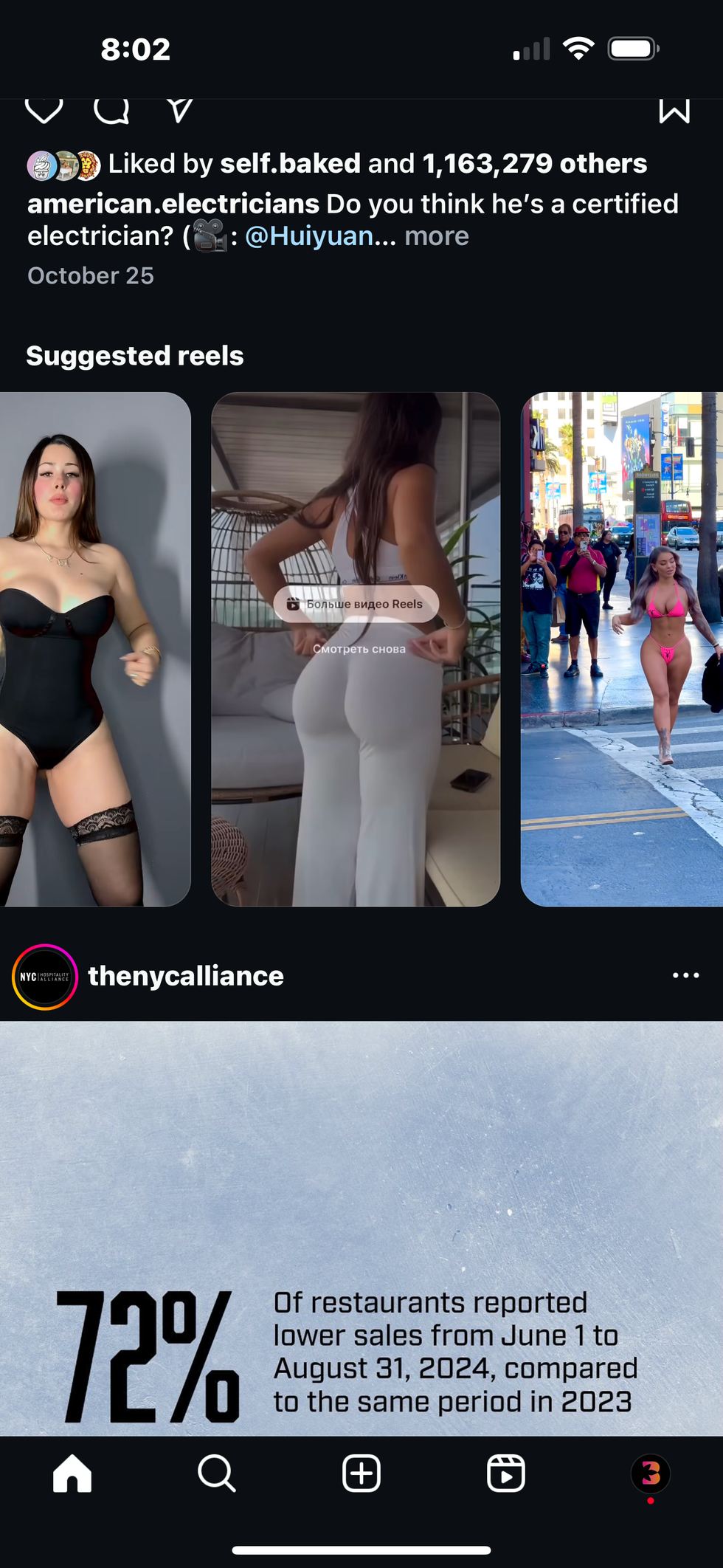

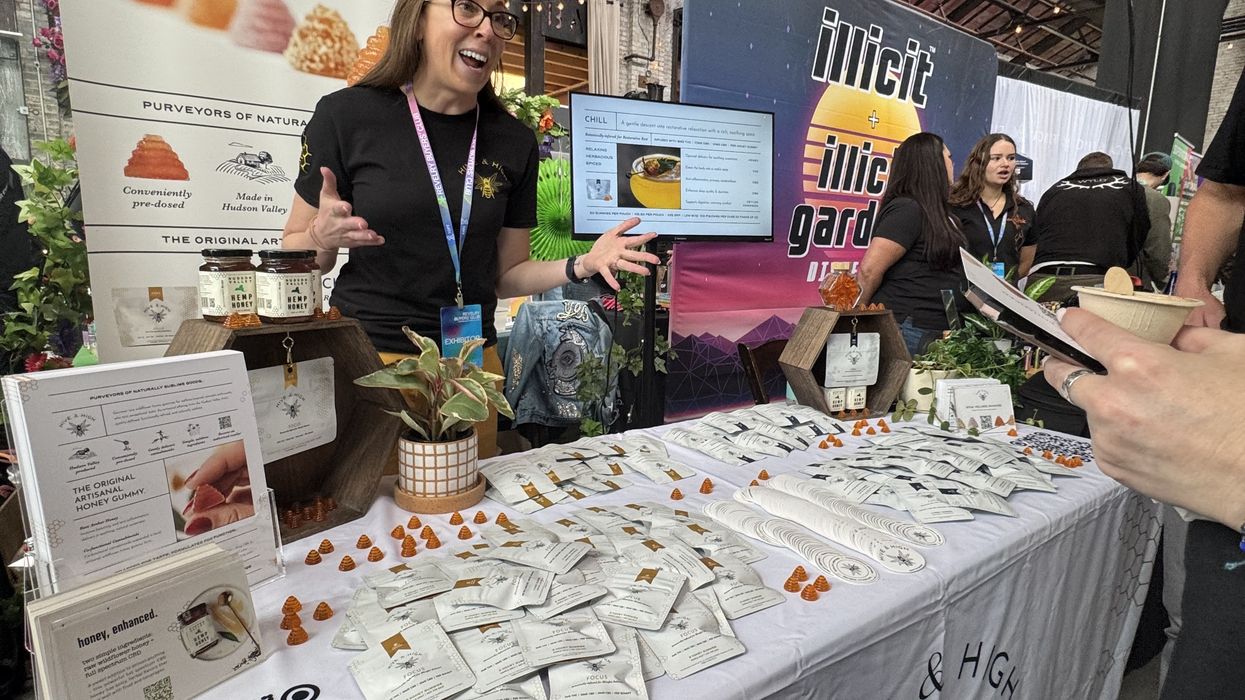

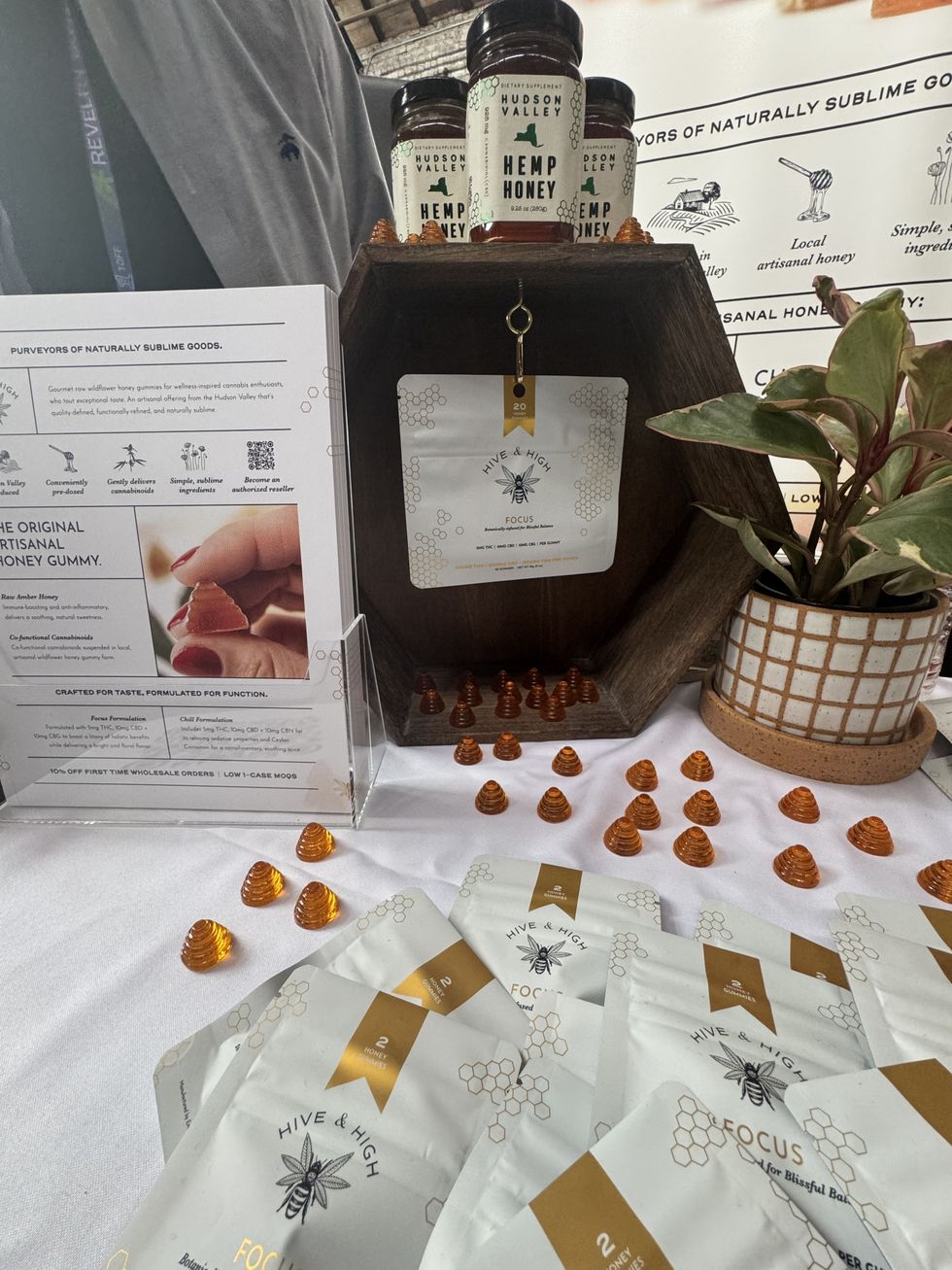
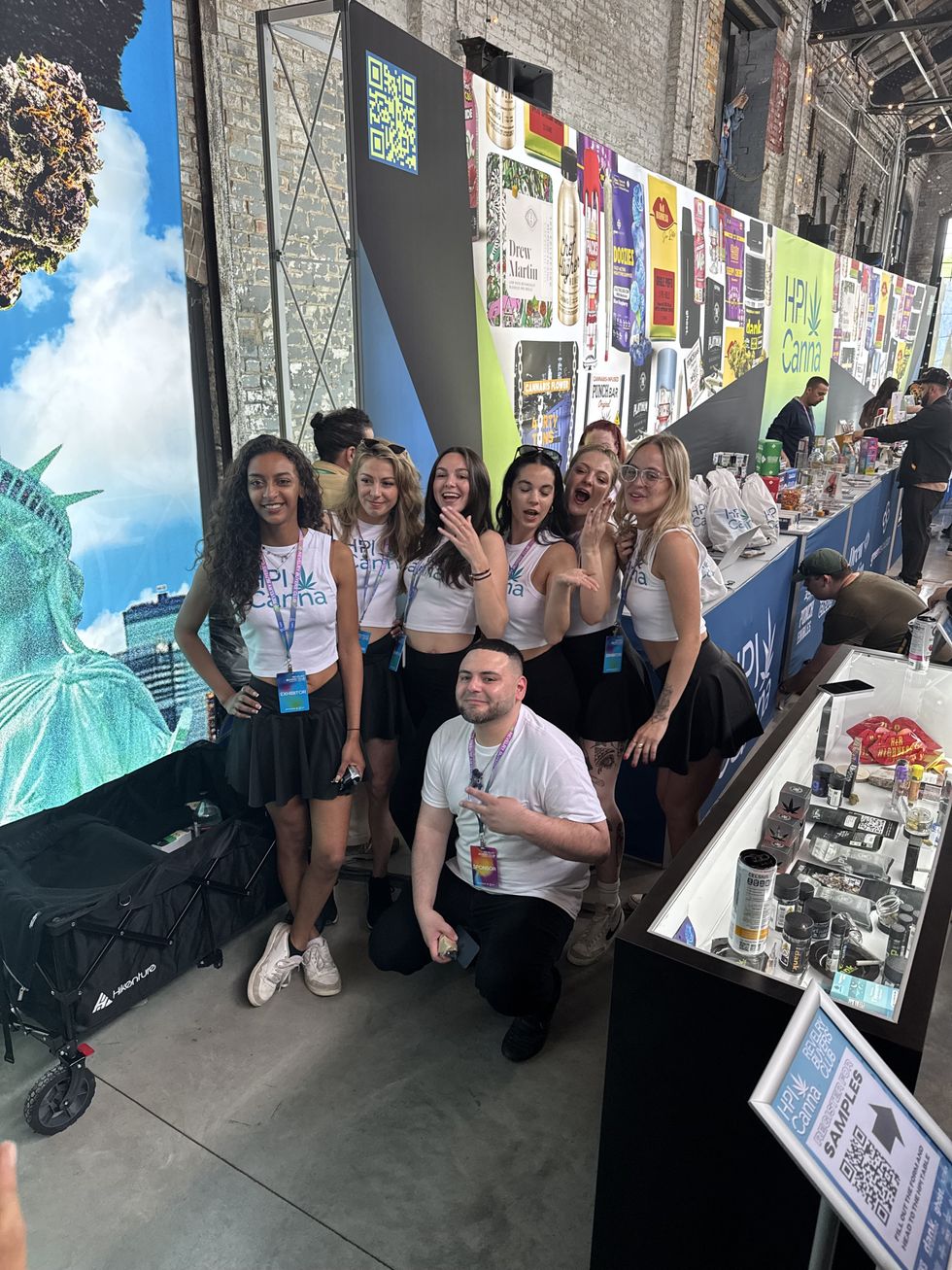
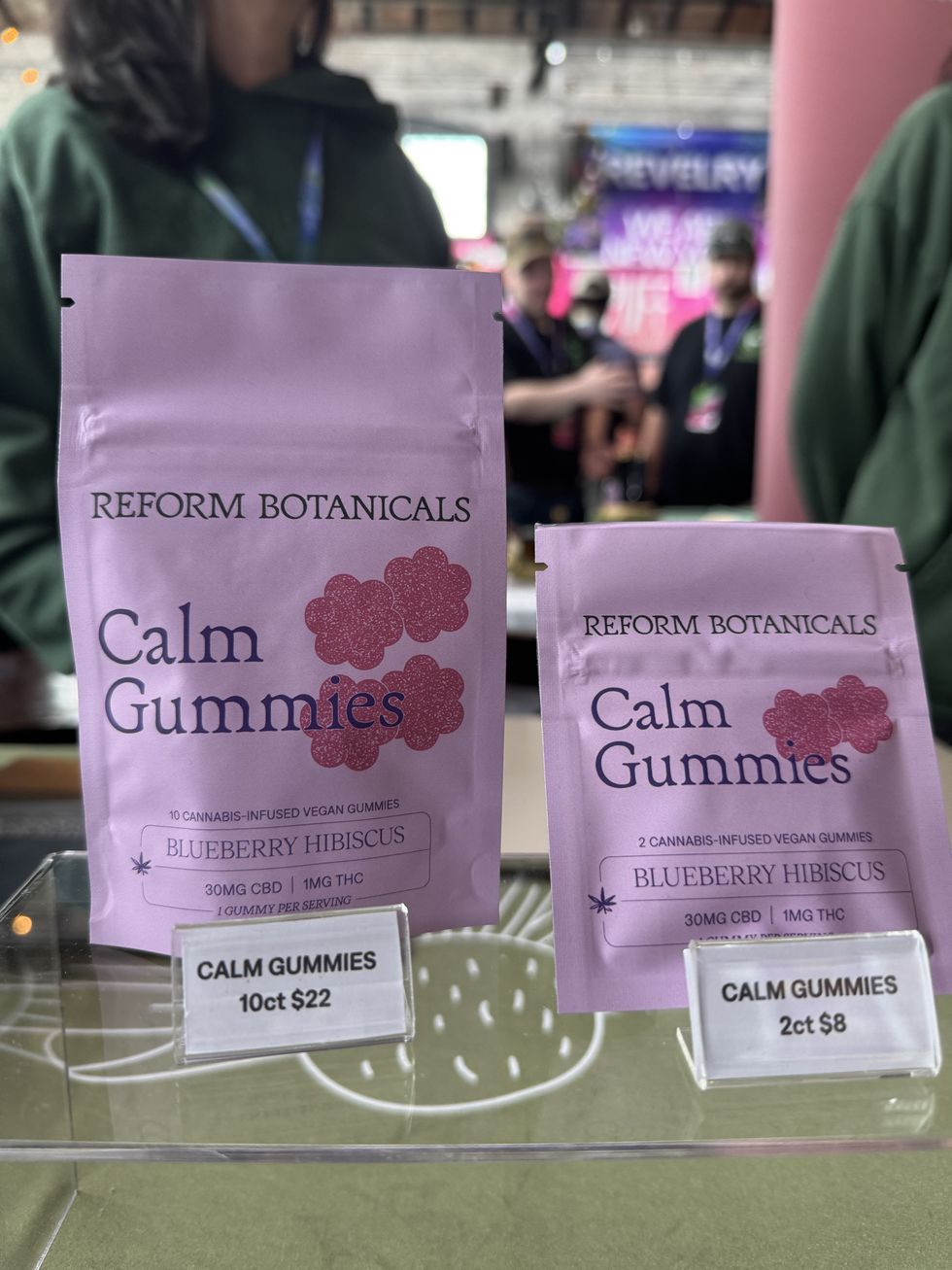

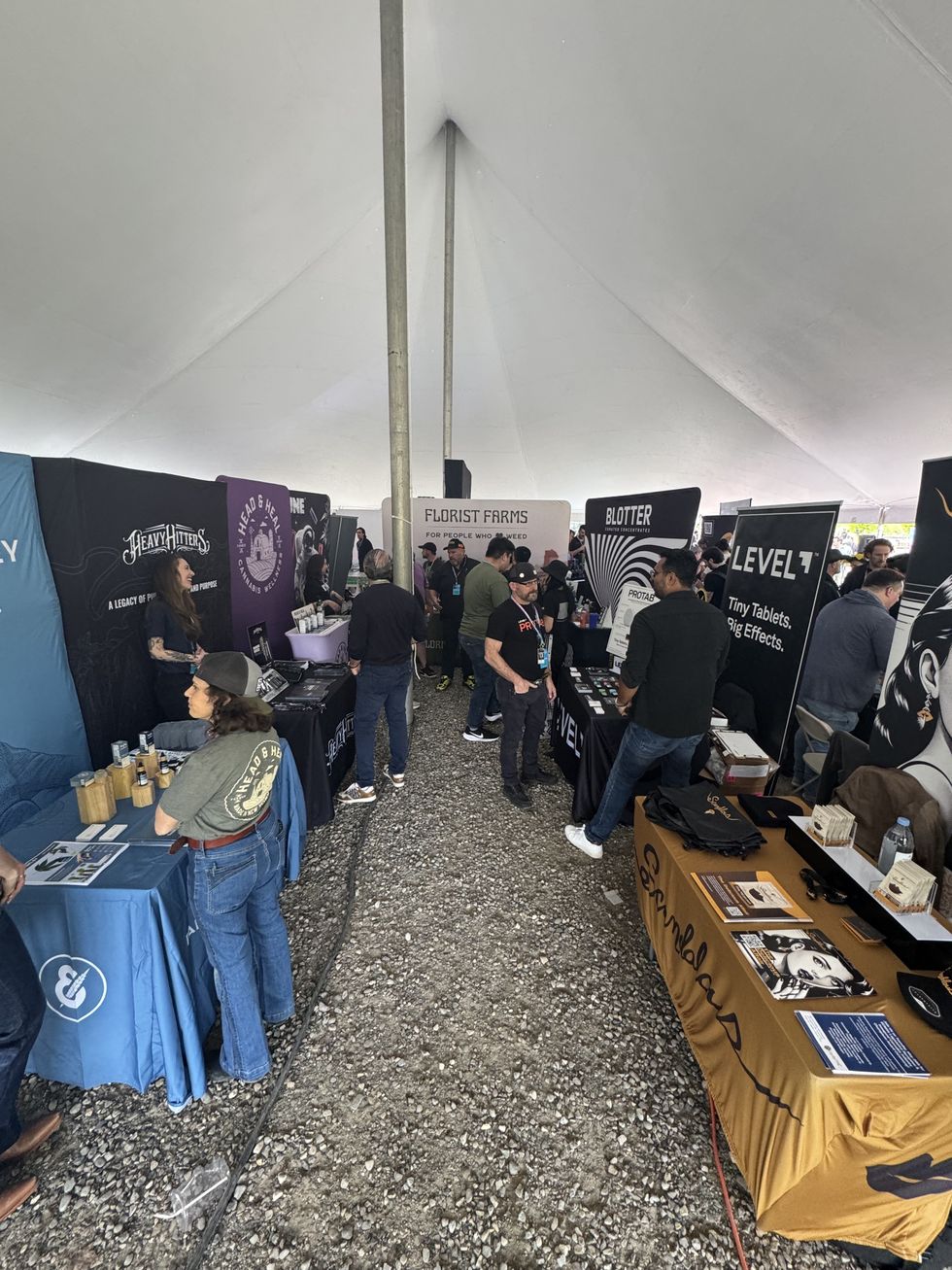

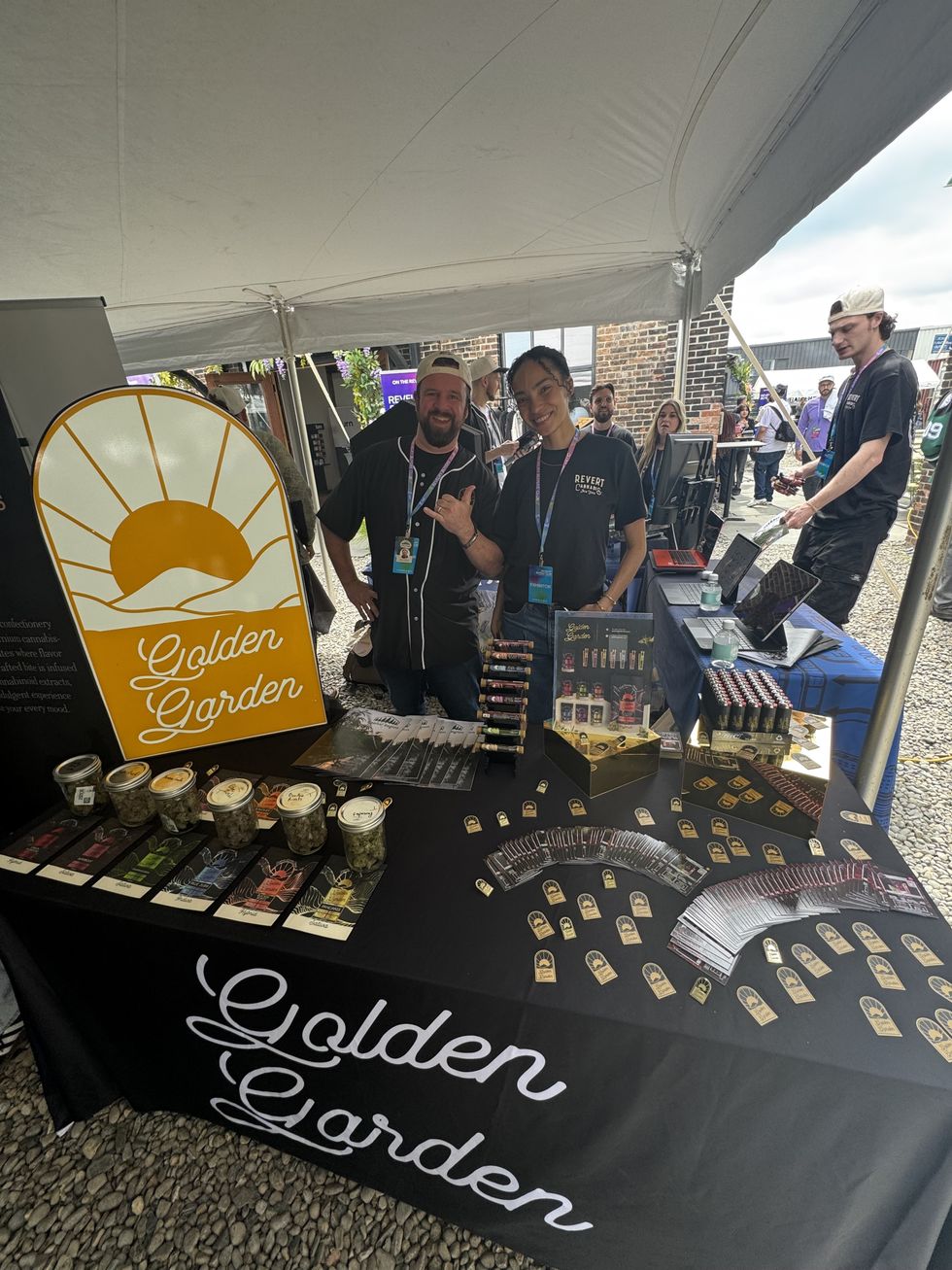


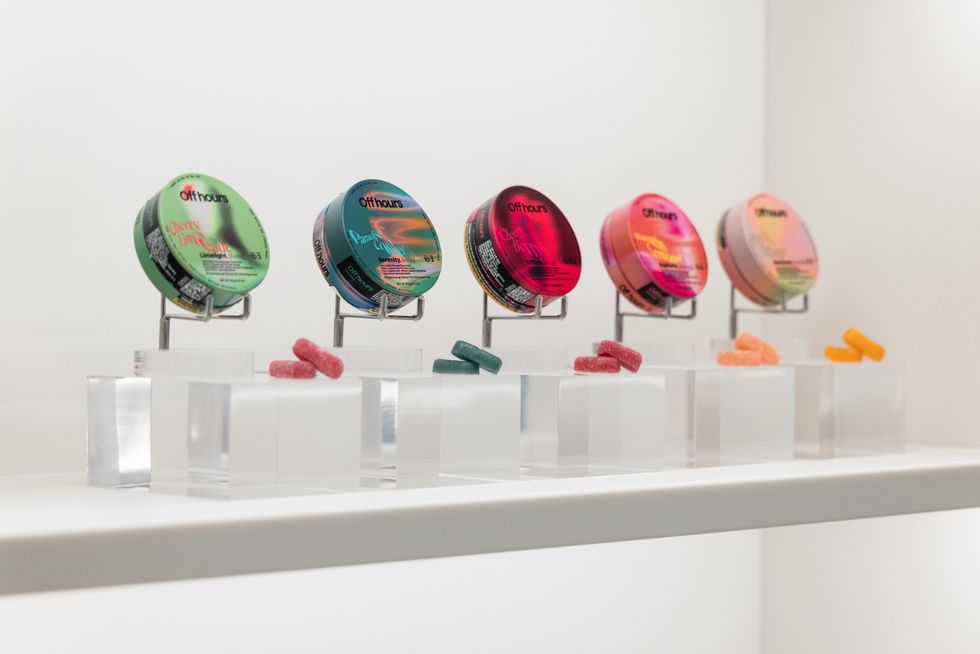 The Travel Agency Lands in SoHo - The Bluntness
The Travel Agency Lands in SoHo - The Bluntness The Travel Agency Lands in SoHo - The Bluntness
The Travel Agency Lands in SoHo - The Bluntness The Travel Agency Lands in SoHo - The Bluntness
The Travel Agency Lands in SoHo - The Bluntness The Travel Agency Lands in SoHo - The Bluntness
The Travel Agency Lands in SoHo - The Bluntness
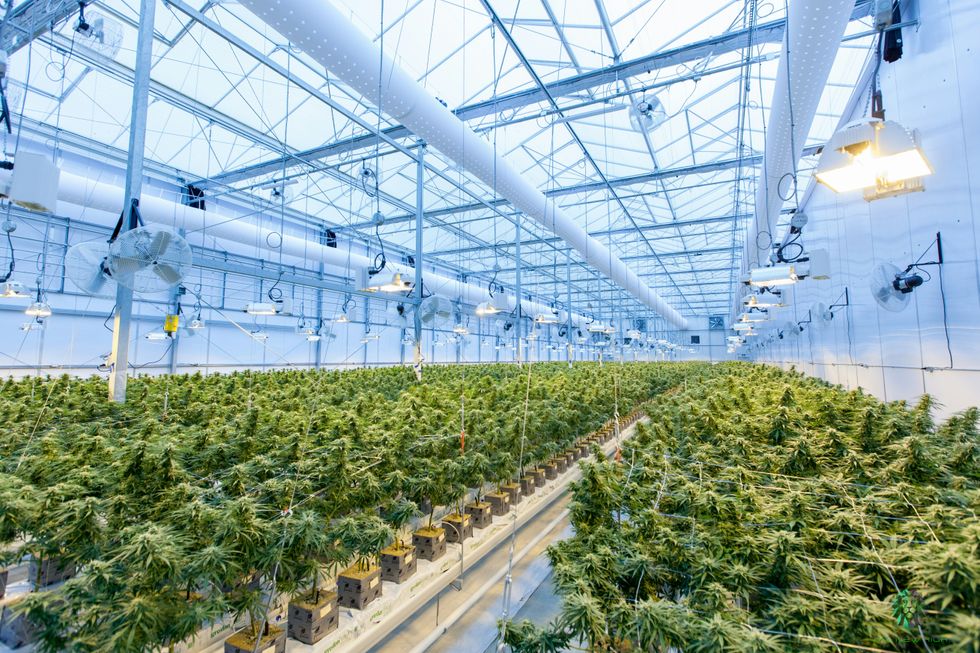 When it comes to pricing, cultivation methods matter - The Bluntness
Photo by
When it comes to pricing, cultivation methods matter - The Bluntness
Photo by 










